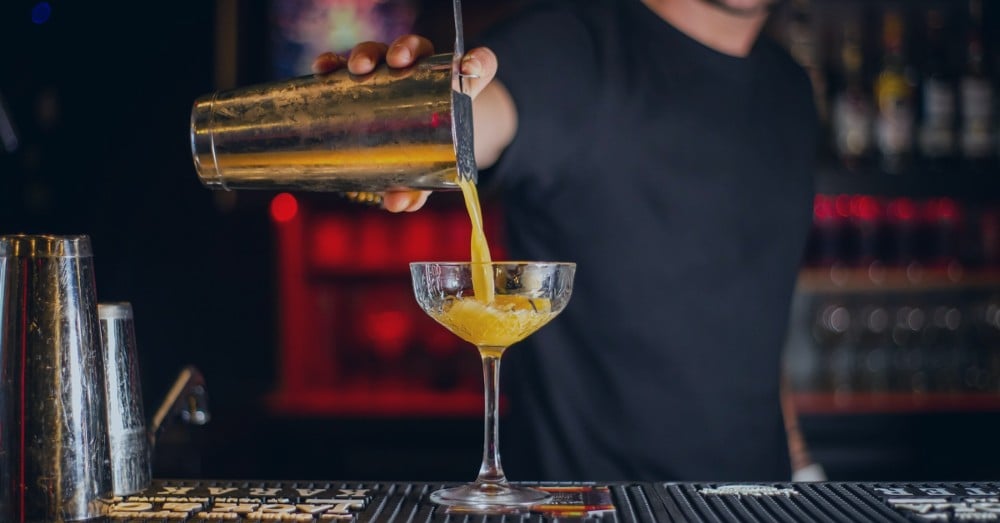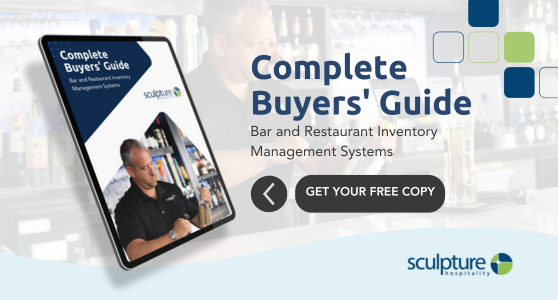Nobody ever said managing a bar inventory is easy. It requires consistent inventory counts, calculations that give you insights into overall business performance, your team to record data accurately and a range of back-end processes.
What makes bar inventory even more difficult is the fact there are dozens of different processes, technologies, strategies and methods out there that all claim to be the best way to manage inventory.
No matter how well you think your business is in control of its bar inventory, there’s likely always something you could be doing better. And the better you count and manage your inventory, the more profitable your business will be.
With that in mind, in this blog, we take a look at five signs that, no matter how well you think your business is performing, your bar might have an underlying inventory problem that’s impacting your profitability.
- Inconsistent stock levels without any change in sales
Managing your bar’s inventory relies on accurate counts, putting that data into your inventory management system correctly and then using a system that’s designed to give you the specific metrics and key performance indicators that your business is interested in.
If you’re doing all of that, but you’re still finding that you have inconsistent stock levels without any change in sales, then it’s likely that you’re not recording your data correctly. In most cases, we find that this is commonly down to bars manually managing their inventory.
When you implement consistent inventory counts along with an effective inventory management system, your business will be able to gain insight into your actual inventory used compared to your theoretical beverage inventory costs. The difference is known as liquor shrinkage or variance, and it helps you determine which products are experiencing loss and impacting your bar’s profitability.
- One or two servers with (much) higher tips than others
For any server, bringing in high tips is an important aspect of the job. Tips can significantly supplement a server’s wage, and motivate them to perform better and enhance the customer experience.
Yet if your bar has one or two servers with significantly higher tips than your other servers, it could be a sign that something is amiss. First, it’s important not to jump the gun here. Servers with higher tips could well be a sign that they are outperforming their peers and genuinely deserve the additional tips that customers are leaving them.
There are rare occasions, however, where having servers with higher tips is a sign of trouble. If you genuinely believe this is the case, make sure that your servers aren’t giving free drinks or over pouring for friends and family to get higher tips from their customers.
- Having too much stock on hand
The inventory your bar holds is an investment into your profitability - but finding the right balance is crucial. Not having enough inventory can seriously impact your customer experience, but having too much inventory on hand will affect your profit margins.
If you find that your bar consistently has too much stock on hand, then it’s likely you're being left with both slow-moving stock and deadstock. When your bar has deadstock and slow-moving stock, then you are losing out on profits and tying up the capital needed to invest in other areas of your bar or restaurant.
Deadstock is typically a sign of overbuying, poor forecasting and not aligning your sales strategies with stock on hand. An effective bar inventory management strategy can help you resolve all of those issues, giving you greater visibility and control of your inventory.
- Not updating menus and prices
No matter how well your bar is performing, it’s crucial that your menu and prices are updated regularly. Your menu and prices should be kept up to date with inflation, profit margins and what items are popular among your customers.
If you aren’t updating your menu and prices in a fairly regular manner (at least once a year), it could be a sign that you aren’t getting the inventory data you need to truly determine how your business is performing and how profitable your menu items are.
- High pour costs in relation to your competitors
One of the most important metrics when it comes to gaining visibility into the profitability of your bar is your pour cost. Pour cost gives you insight into business costs, the profitability of each drink and helps you to determine at what price you should set your menu items.
Yet many bar owners have no idea what their pour cost should be. In reality, there is no right pour cost. It depends entirely on the type of bar that you run. For example, a nightclub needs to run a significantly lower pour cost percentage than a sports bar because a nightclub may only be open for a few hours a few times a week.
The best way to get an idea of your pour costs is to gain an understanding of the pour costs for some of your competitors, in the same industry category as your business. If you have high pour costs compared to other similar businesses, it’s likely a sign you have a bar inventory problem.
Need help? The Sculpture Hospitality inventory management system provides operators with accurate inventory reports. These reports give unique insights into price discrepancies that can help make your business more profitable.






.png)




.png?width=520&height=294&name=Sculpture%20Blog%20Banner%20Images%20%5B2025%5D%20(2).png)
